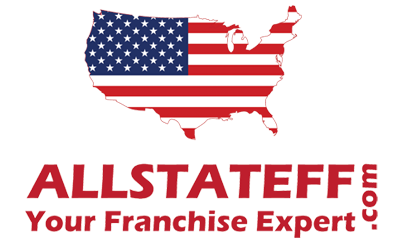Talk on the Street
Talk on the Street
Press Releases & News Articles
EDITORS NOTE: JUNE 2017
The case for loyalty cards in small business
Loyalty cards are one area of retail that has typically been branded. Branded cards have the advantage of serving as a form of advertising: when customers look at their keyrings and realize that they need to pick up dinner, they know where to go for their groceries. And there’s no arguing that customer loyalty is vital for a business to keep functioning: not only does it cost nearly 10x more to acquire a new customer than to sell to an existing one, but on average, current customers spend 67% more than new customers.
Swipii – A customer loyalty company in the UK works across a large number of businesses, including barber shops, beauty salons and vintage stores. The common denominator between all of them is that they are all independent stores, many of which have no more than two or three locations. The exponential growth of larger businesses through waves of mergers and acquisitions means that smaller businesses often struggle to maintain their competitive positioning, partially because of reduced bargaining power, but also due to smaller customer bases. By introducing a digitally loyalty program into independently-owned businesses, Swipii is helping these character-filled retail and leisure businesses sidestep at least one of the issues they face. According to Swipii, customer loyalty programs increase customer visits by up to 44%, with 80% of a company’s revenue coming from the top 20% of its customers.
The problem until now has been that smaller businesses without the resources to create thousands of little plastic cards or a mobile loyalty app did not have any way to incentivize their customers to keep coming back. And for cafes in particular, regular customers are key: in 2014, Starbucks reported that its Starbucks Rewards program played a key role in its 26% profit increase. Furthermore, with the data provided by digitally-enhanced loyalty programs, companies can truly tailor their offerings – and customer rewards – based on what their customers want. This is useful for large companies, who must maintain an efficient offering, but one also based on what receives the best response – and also has the potential to be life-changing for smaller businesses.









